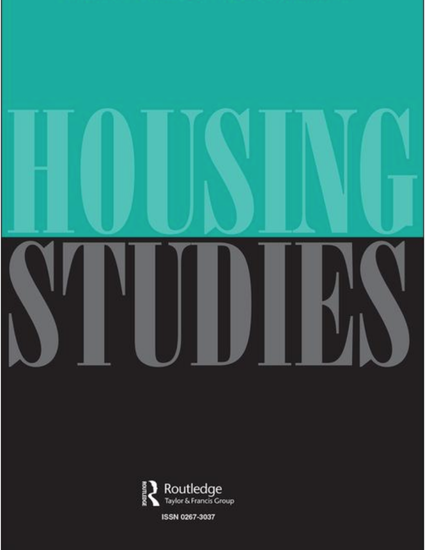
Mobility, residential quality, and life outcomes are linked in the literature and these relationships have influenced low-income housing policy. This research investigates the determinants of mobility for households with a federal housing subsidy. Combining unique data from a survey of Housing Choice Voucher households, client program files, and secondary data, this study uses logistic regression to test several explanations for mobility, including the life cycle, housing market perceptions, and perceived and actual neighborhood conditions. The results indicate that a synthesis of explanations produce the best model to predict residential mobility. Neighborhood quality, perceived and actual, variables most strongly influence mobility, but life cycle factors and perception of the local housing market also impact moving choices. At the same time, the results suggest a gap in our understanding of the relationship among individuals’ environmental perceptions, formation of feelings of neighborhood satisfaction, and actual neighborhood conditions. The article concludes with a discussion of the research and policy implications from this study.
Available at: http://works.bepress.com/anaid_yerena/19/
